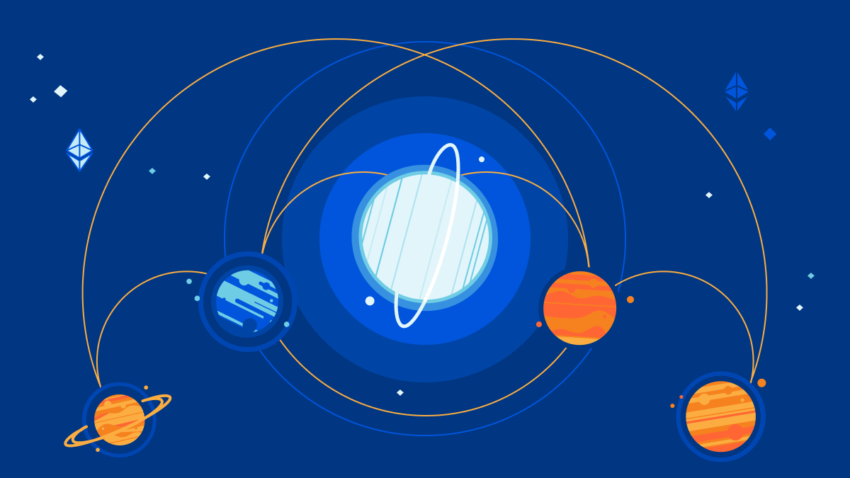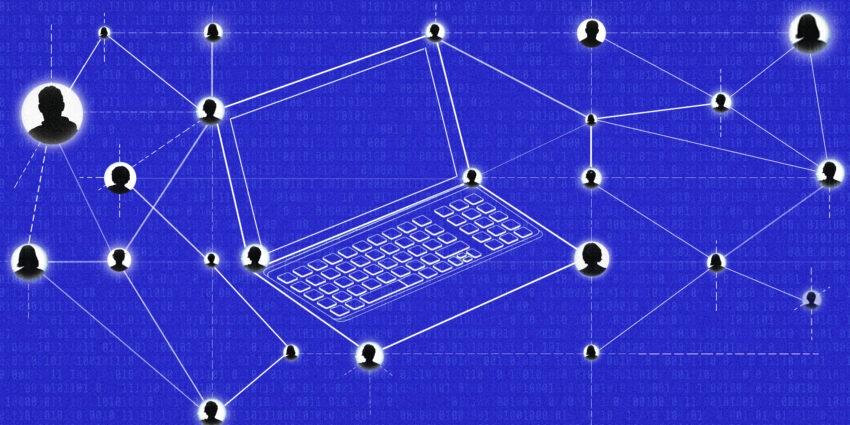
14 Apr How Does the Decentralized Web Work?
The Internet has become an indispensable part of our lives, and we use it every day for communication, entertainment, education, and business. However, the current Internet is centralized, which means that it is controlled by a few powerful entities such as governments, corporations, and Internet service providers. This centralization has led to problems such as censorship, data breaches, and surveillance. The decentralized web, also known as Web 3.0, is a new paradigm that aims to address these issues by using distributed networks and blockchain technology. In this article, we will explore how the decentralized web works and its potential benefits. The article is presented by https://techedknow.com/
What is the Decentralized Web?

Image source: Google.com
The decentralized web is a network of peer-to-peer nodes that are connected in a distributed manner. Unlike the current internet, there is no central authority that controls the network. Instead, each node has equal rights and responsibilities in the network. The nodes communicate with each other through a decentralized protocol such as InterPlanetary File System (IPFS) or Secure Scuttlebutt (SSB). These protocols allow the nodes to share and access data without relying on a centralized server. Let’s know How do we construct a decentralized internet?
How Does the Decentralized Web Work?
The decentralized web uses a technology called blockchain to create a trustless network. A blockchain is a distributed ledger that records transactions in a secure and transparent manner. Each block in the blockchain contains a hash of the previous block, which creates a chain of blocks. Once a block is added to the blockchain, it cannot be altered or deleted. This makes the blockchain tamper-proof and resistant to censorship.
In the decentralized web, users store their data on the blockchain or a decentralized network such as IPFS. The data is encrypted and stored in small pieces across multiple nodes in the network. When a user wants to access their data, they send a request to the network. The nodes that have the data respond to the request, and the user’s device assembles the data pieces into the complete file. This process is called decentralized storage.
The decentralized web also uses decentralized applications (DApps) instead of traditional web applications. DApps are built on top of blockchain technology and are run on a decentralized network. They use smart contracts, which are self-executing contracts with the terms of the agreement between buyer and seller being directly written into lines of code. Smart contracts eliminate the need for intermediaries, making transactions faster, cheaper, and more secure.
Benefits of the Decentralized Web
The decentralized web offers several benefits over the current internet:
1. Censorship Resistance
The decentralized web is resistant to censorship because there is no central authority that can control the network. This makes it ideal for journalists, activists, and anyone who wants to share information freely.
2. Increased Security
Decentralized networks are more secure because there is no central point of failure. The data is stored across multiple nodes, making it difficult for hackers to attack the network.
3. Data Privacy
The decentralized web gives users more control over their data. Users can store their data on the network without worrying about data breaches or third-party access.
4. No Intermediaries
Decentralized networks eliminate the need for intermediaries such as banks, payment processors, and social media platforms. This makes transactions faster, cheaper, and more secure.
5. User Empowerment
The decentralized web gives users more control over their online identity and digital assets. Users can interact with DApps and blockchain networks directly without relying on centralized intermediaries.
Conclusion
The decentralized web is a new paradigm that aims to create a more open, transparent, and secure internet. It uses distributed networks and blockchain technology to eliminate the need for centralized intermediaries and increase user control over data and online identity. While it is still in its early stages, the decentralized web has the potential to revolutionize the internet and create a more equitable and democratic society.

No Comments